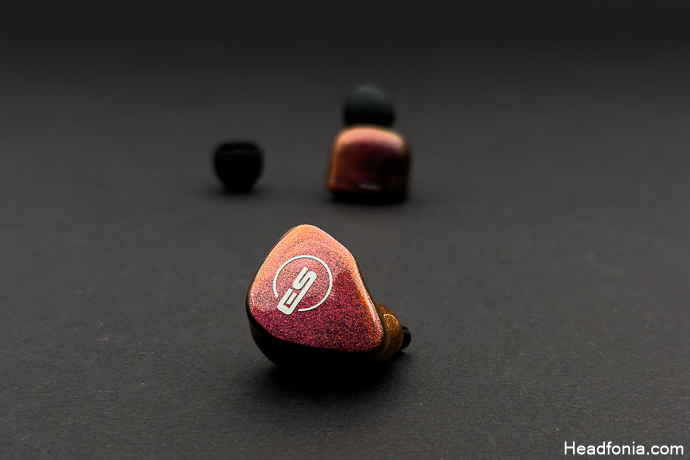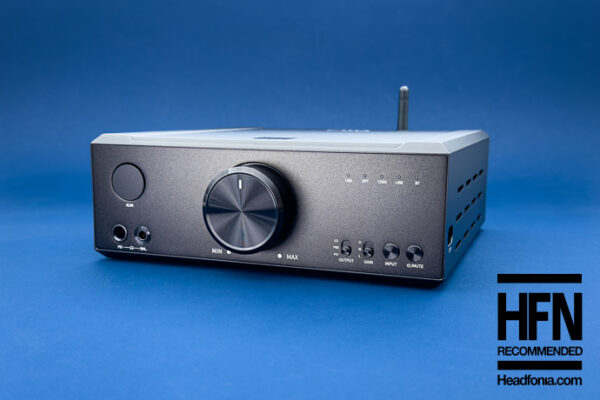Sound Signature & Performance
The Elements features a musical and engaging sound signature with good detail retrieval and an emphasis on the low range. I found out that the ear tips have a major impact on sound, even more so than other IEMs on the market, which may be in correlation with the new narrow nozzle it features. It could also be about the distance the sound waves travel before reaching your eardrum. Anyway, in my experience, I wasn’t very impressed with the double flanges, so the single-flange medium ear tips were the optimal choice for me. I conducted my testing with Chord Mojo 2 and Topping G5, two of my favorite DAC / AMPs.
The Elements closely follows the Earsonics’ house sound; it features a controlled upper midrange section, an airy, impactful bass region, and a clean treble with good extension. It is a good all-rounder; it is able to keep you entertained throughout different genres. Let’s take a closer look.
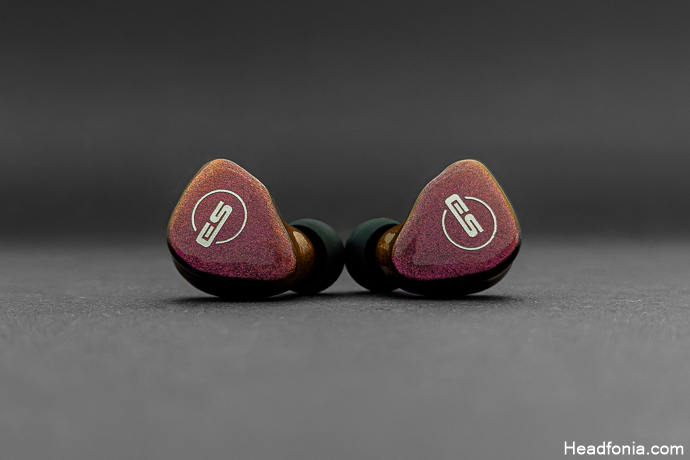
Bass
Big, bold, well-scaled, and surprisingly fast despite their abundance. The Elements has a lift in the subrange. This elevation is also present throughout the rest of the bass range but decreases towards the mid-bass and mids for a smoother bass-to-mid transition. In addition, for genres and tracks containing heavy bass, the bass impact and amount per track scale well, making it pleasant to listen to with a wide range of genres. After spending a week with the Elements, I find it hard to label it. At times, it feels like a W-shape, but it is genre-dependent. For example, with rock & metal, it feels like a V-shaped earphone with recessed vocals, but if you listen to Buika or Oi Va Voi, its midrange feels forward, and the bass takes a step back, so that is why I praised its scaling ability. It’s a good, engaging all-rounder that features a pleasantly warm signature. I believe it’s not exactly right to label it this or that with definitive sentences. That said, I think the spacious and airy bass is one of the Elements’ highlights.
Mid
The midrange is somewhat similar to the bass range; it has ups and downs. Earsonics follows their house rules for this section, so I’ll start with that part. The upper midrange is slightly recessed, like many ES monitors, compared to the rest of the midrange, and that allows more air for the instruments to breathe and increases the perception of space within the stage. However, with this tuning decision, you are trading detail and transparency, but since these are not the highlights of this monitor, the result is satisfying. The upper midrange extension is only slightly recessed, so you still get a good amount of hi-hat action. The rest of the midrange feels fairly balanced, with a good amount of detail retrieval. The Elements’ vocals are musical, engaging and articulate, while the midrange instruments have a good amount of note weight and don’t sound thin or overly thick, if a little on the warmer side of the spectrum.
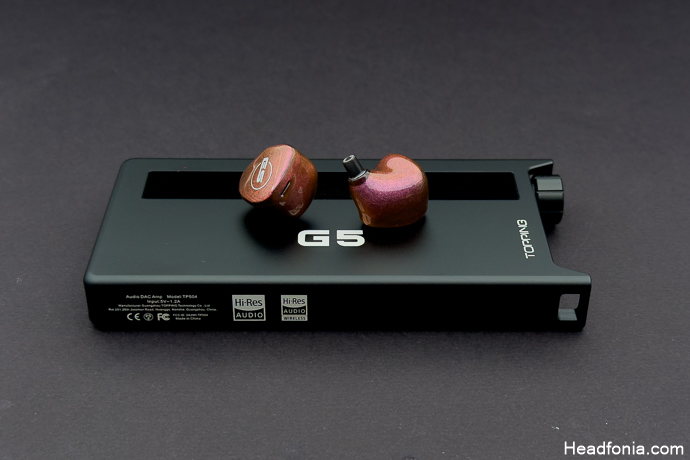
Treble
Being a musical and engaging monitor first, I said that the upper midrange is controlled, and the treble follows a similar approach to the upper midrange, controlled yet not overly restrained.
The treble sits just below what we consider ‘extended’ but is more pronounced than the upper midrange in comparison. This delicate balance ensures good amount of detail and airiness in the highs, particularly evident in tracks with heavy bass and treble presence, like Seth XVI’s “Your Taste”. Hence, Elements does a great job of balancing the treble quantity with the abundant bass quantity.
Earsonics tuned it in a way that it feels detailed but warm and musical simultaneously, which is one of the reasons they have a peculiar fanbase in the first place.
Technical Capability
Considering that it is a monitor that is tuned with musicality and easy-listening in mind, Elements is a successful monitor in terms of detail, resolution, and cleanliness. It has a very smooth, fun, and engaging signature that can keep you listening for long hours, making it a good all-rounder. If I could only listen to one genre with the Elements, I would choose electronic music because, in genres with abundant bass, you better understand what the Elements IEM is capable of. The Elements has an airy, detailed, textured, and, at the same time, powerful bass response with a fairly good balance in the rest of the spectrum.
Its PRaT is surprisingly good, and the monitor does not feel lacking in agility/speed. While the soundstage isn’t particularly wide, which aligns with this tuning, the depth of the stage is noteworthy, and instrument separation and accuracy are quite good, especially considering the price point.
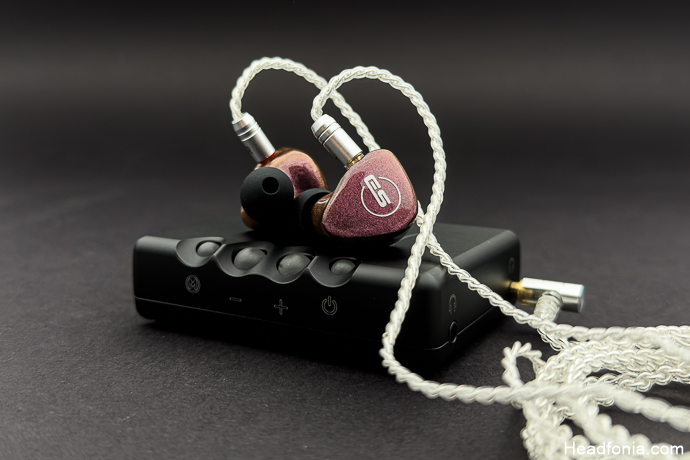
Comparison
vs. Hidizs MS5 ($399 USD)
The MS5 is a hybrid IEM, just like the Elements, with one dynamic driver and four balanced armature drivers per side. The MS5 offers an energetic and fun sound signature, with a strong emphasis on impactful, voluminous, yet controlled bass.
The MS5’s midrange is clean and balanced, with various filter options offering different tonalities, from warm and smooth to more energetic and vivid. Its high frequencies are clear and well-extended, contributing to an open and wide soundstage. In terms of technical capability, the MS5 features impressive performance, with good resolution, detail retrieval, and soundstage width, although it can be selective about sources.
In comparison, the Elements has a more rounded, musical, and smoother sound signature. It focuses on delivering an airy, impactful bass, smooth midrange, and smooth treble. This tuning makes the Elements versatile across genres, offering an overall smooth and engaging signature. While they both excel in low-end performance, the Elements sounds smoother and less bass-heavy than the MS5. The MS5 offers slightly superior technical capability, but the Elements’ superior musicality and ease of listening may be better for treble-sensitive audiophiles out there. For others, the MS5 is a great alternative.
vs. Thor MJÖLNIR MK2 ($399 USD)
Thor Mjölnir MK2 is a basshead IEM equipped with a single, full-range 12.56mm fusion diaphragm dynamic driver. The Fusion Diaphragm is a composite of DLC (diamond-like carbon), PEEK (polyetheretherketone), and PU (polyurethane) materials. These membranes have been popular in the industry for their acoustic performance, but by combining them, the Fusion Diaphragm aims to get the best virtues of each material.
Comparing the Earsonics Elements with the THOR Mjölnir MK2 reveals distinct sound characteristics unique to each model. The Elements focuses on a musical, engaging sound signature with a well-controlled upper midrange, airy, impactful bass, and clean treble, making it versatile across genres. The Elements has a smooth, engaging signature compared to the more bitey and edgy Mjölnir MK2.
The Mjölnir MK2 offers an even bigger bass region; the most obvious difference between the two is the mid-bass region. The Mjölnir has significantly more mid-bass quantity and offers slightly more sub-bass quantity. The Elements feels more rounded, more musical and balanced in comparison. The Mjölnir sounds more detailed, especially in the upper midrange and treble, but it tends to be too sharp with certain DAC & AMPs that feature an analytical signature, so source selection becomes an issue for the Mjölnir. The Elements is less energetic but more consistent throughout the spectrum. The Elements also has better instrument separation and sound slightly more spacious with a slightly wider stage and more accurate instrument positioning in comparison. The Elements is a better-suited option for those looking for a versatile all-rounder that has an elevated bass. Its superior technical capability and overall musicality are a big bonus in comparison.
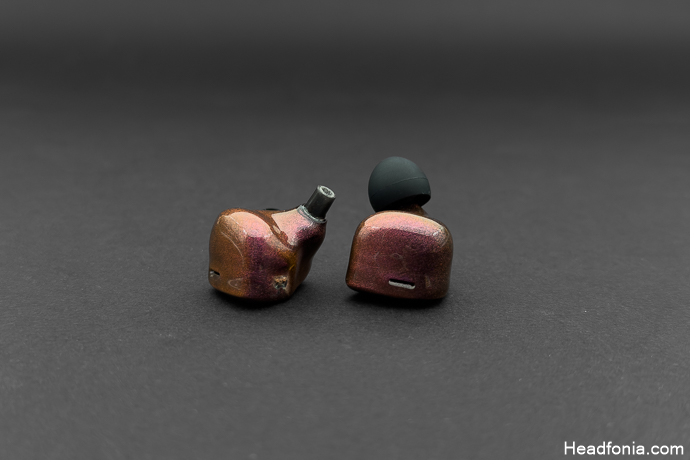
Last Words
In conclusion, the Earsonics Elements stands out with its smooth and easy sound signature, capably suited for various music genres. The Elements appears to be an attractive option with its hand-finished design, sound quality, and technical capabilities. It caters not only to bass enthusiasts but also to those seeking an IEM with a smooth and engaging sound signature.
Pros
- Punchy and airy bass response
- Smooth midrange & treble
- Good technical capability
- Unique, engaging & musical signature
Cons
- Detail and transparency are not the main characteristics of the Elements IEM
- Big shell size
- Bass may be too much for those looking for a neutral signature
Page 1: Earsonics, Earsonics Elements, Packaging & Accessories, Design, Build Quality & Fit
Page 2: Sound, Low, Mid, High, Technical Capability, Comparisons, Last Words





